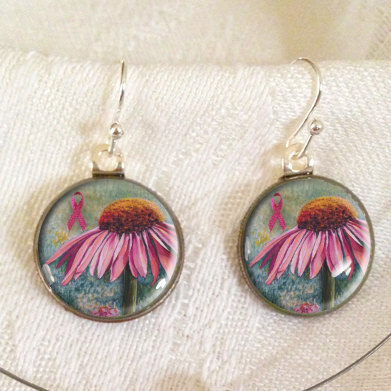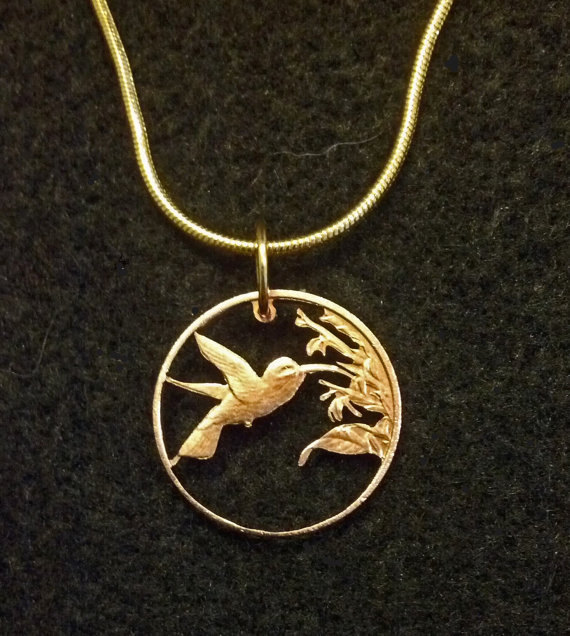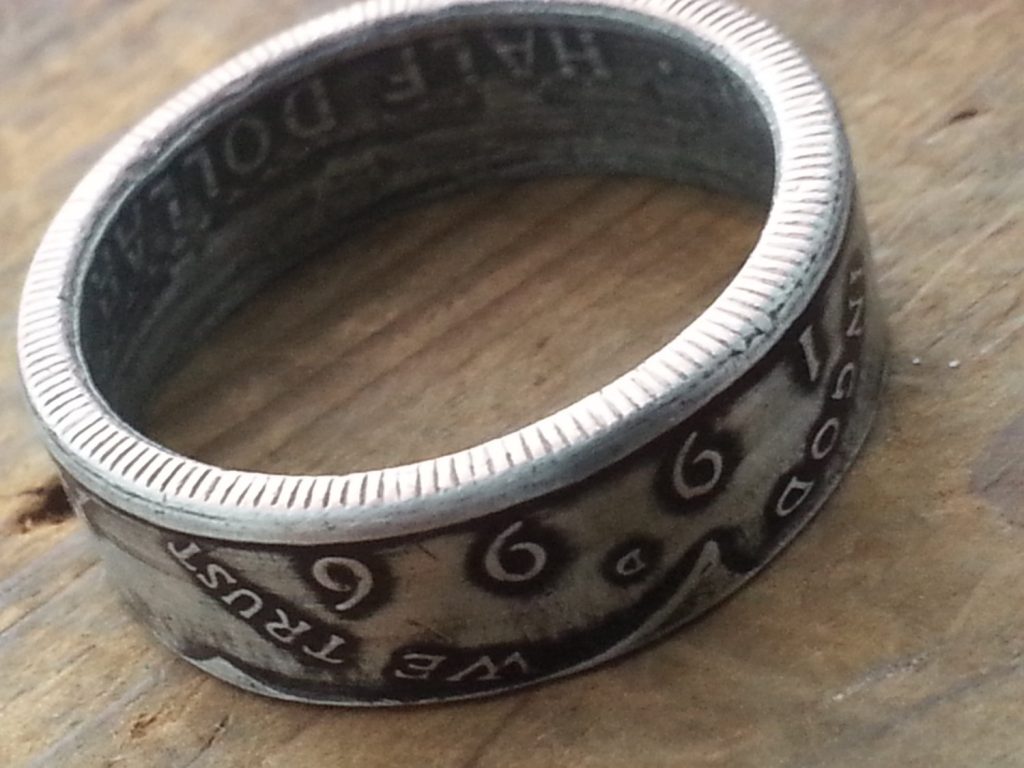Weekly World Numismatic News for November 21, 2021
News and notes from this past week:
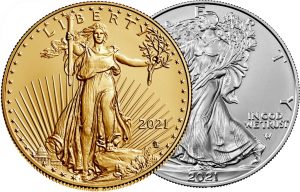 The U.S. Mint announced that they completed producing 2021 American Eagle bullion coins and will distribute the last of their inventory by next week. They are producing 2022 coins for distribution beginning on January 3, 2022.
The U.S. Mint announced that they completed producing 2021 American Eagle bullion coins and will distribute the last of their inventory by next week. They are producing 2022 coins for distribution beginning on January 3, 2022.
The supply chain continues to plague the change market, especially in less populated areas of the country. Smaller towns, including in the distant suburbs in metropolitan areas, continue to report coin shortages. Additionally, NGC reports that they have run out of new scratch-resistant holders. New submissions will be encased in the older-style holders—no word as to when they expect to have more in stock.
The American Numismatic Association is soliciting themes for the 99th National Coin Week, April 17-23, 2022. Submission should focus on the artistry featured on numismatic objects and the artists. Submissions should be no more than eight words and easy to remember.
The winning theme will receive a 2022 American Eagle proof silver dollar. The submission deadline is TOMORROW, Monday, November 22. ANA members can submit their idea on the ANA website.
And now the news…
 → Read more at kovels.com
→ Read more at kovels.com
 → Read more at arstechnica.com
→ Read more at arstechnica.com
 → Read more at finchannel.com
→ Read more at finchannel.com
November 2018 Numismatic Legislation Review–A look forward
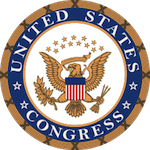 Every two years, the United States elects a new Congress to carry on the people’s legislative business. The election last month will have the Democrats in control of the House of Representatives and the Republicans with an additional two seats in the Senate. While this has some profound implications for the political environment of the country, what does it mean for future numismatic-related legislation?
Every two years, the United States elects a new Congress to carry on the people’s legislative business. The election last month will have the Democrats in control of the House of Representatives and the Republicans with an additional two seats in the Senate. While this has some profound implications for the political environment of the country, what does it mean for future numismatic-related legislation?
First, we have to conclude the business of the 115th Congress. When it comes to numismatic-related accomplishments, this congressional session yielded only two laws:
- The American Legion 100th Anniversary Commemorative Coin Act (Public Law No: 115-65)
- American Innovation $1 Coin Act (Public Law No: 115-97)
The American Legion 100th Anniversary Commemorative Coin Program will be issued in 2019 along with the Apollo 11 50th Anniversary Commemorative Program. The American Innovation $1 Coin Program will also begin in 2019 that will likely be as successful as the Presidential $1 Coin Program. Someday, Congress will learn that to see any success with the $1 coin that they have to eliminate the $1 paper note.
Through November, Congress has not acted on any numismatic-related legislation. There have been updates on various bills as the current Congress shuffles papers and as others try to attract additional co-sponsors in order to gain notice by the majority leaders.
Given the current state of chaos in Congress, it is difficult to predict what will be passed in December.
The 116th Congress will convene at noon on January 3, 2019, as required by the Constitution. Most of the first day is set aside for procedural issues including the formal election of leadership. Both chambers will then introduce their respective first bills which formalize the budget. This has been a tradition in Congress dating back to the Reagan Administration. It has also been a tradition for these bills be the biggest source of contention between the parties.
For the last three congressional sessions, the Republican-controlled House Financial Services Committee created a rule that required two-thirds of the members to co-sponsor any commemorative coin legislation to be considered. In reality, this has not helped or hurt any potential legislation since many of the bills that have passed have barely been debated in committee and have been passed by unanimous consent.
It is not known if incoming Financial Services Committee Chairperson, Maxine Waters (D-CA), will keep the same rules. Given the recent history of contentious relations between the parties, it would not be surprising for Waters to dust off the rules from the previous Democratically-controlled House for this session.
Congress has not passed a commemorative coin bill for 2020 and later. It could happen in the lame-duck session. Then again, anything is possible!
Weekly World Numismatic News for December 2, 2018
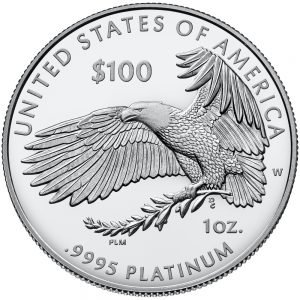 While watching the numismatic news that appears in non-numismatic sources, I noticed that regardless of the predictions of cashless societies taking over, there are a few countries with interest in coins for both commerce and collecting.
While watching the numismatic news that appears in non-numismatic sources, I noticed that regardless of the predictions of cashless societies taking over, there are a few countries with interest in coins for both commerce and collecting.
By far, the one country that seems to have an affinity for coins is India. The news consistently highlights collectors who have coin collections of all sizes and varieties. Whether it is someone who has collected old Indian coins dating back to the Britsh control of the country to someone that collects foreign coins from visitors, there seems to be a story about coin collectors in one of the many Indian news publications.
The other country I can count on for consistent numismatic-related stories is China. Aside from stories about coin shortages and how the poorer areas of the country are hoarding coins, Chinese collectors seem to gravitate toward precious metal coins. Interestingly, Chinese collectors seem to like silver coins even though investors are chasing gold. This is understandable since silver coins can be bigger and cost less.
Recently, it was reported that Chinese collectors are chasing platinum as an investment option. Reports are being circulated that Chinese markets are investing heavily in South African platinum mines allowing the production to increase. With the spot price of platinum ($802.00) lower than the spot prices of gold ($1,222.10) and palladium ($1,170.00), the growth of platinum investment options has grown. The Hang Seng ETF (exchange-traded funds) Index has noted a significant increase in the trading of platinum futures.
Several publications have asked if this means that China is attempting to corner the platinum market. Since I am not a financial analyst, I am not sure. As a numismatist, it is interesting to see that platinum has a growing interest in China.
And now the news…
Grab your metal detectors! We are seeking some of the most valuable treasures ever discovered. From buried treasures to sunken treasures, lying beneath villages, towns, cities, farms, riverbeds, and in…  → Read more at invest.usgoldbureau.com
→ Read more at invest.usgoldbureau.com
The National Bank of Romania (BNR) has issued several coins to mark the 100-year anniversary of Romania’s 1918 Union. They are a gold coin, a silver coin, and a brass collector coin for numismatic purposes, along with a brass commemorative circulation coin.  → Read more at romania-insider.com
→ Read more at romania-insider.com
Limited edition gold and silver coins commemorating the 70th anniversary of the first issuance of the renminbi (RMB) currency and establishment of China's central bank went on sale in China last Friday.  → Read more at gbtimes.com
→ Read more at gbtimes.com
The World Platinum Investment Council is pushing for new platinum products to lure Chinese investors into the metal, providing another source of demand for SA’s second-largest mineral export. Weibin Deng, China’s head at the council, which is financially backed by SA’s platinum producers to stimulate investment, outlined plans for coins, metal-backed exchange-traded funds (ETFs) and other products, targeting the country’s burgeoning middle class.  → Read more at businesslive.co.za
→ Read more at businesslive.co.za
The Celtic coins discovered in Slovakia were tetradrachms, which were the most precious coins available at the time. In the heart of Slovakia in Mošovce, archaeologists have unearthed 40 …  → Read more at inquisitr.com
→ Read more at inquisitr.com
Welcome back for Part II of our Most Valuable Treasure Discoveries series. Below is a continuation of some of the most remarkable treasures unearthed in recent history. The Staffordshire Hoard…  → Read more at invest.usgoldbureau.com
→ Read more at invest.usgoldbureau.com
THE CENTRAL Bank of Ireland has unveiled a special commemorative coin created to mark 100 years since Irish women won the right to vote.  → Read more at irishpost.com
→ Read more at irishpost.com
They will come for you next!
I said that if we do not act that we would become victims!
A man came into my shop the other day. Like all new visitors, my assistant greeted him with her usual charm while he looked at the eclectic inventory in the showroom.
The man was different than others. On a slow morning, he lingered around the set of auction catalogs I have for sale while saying little to my assistant who felt uncomfortable with this man in the shop. Another customer came into the shop and my assistant took care of them while I watched this gentleman.
After a while, he came to me and, in a heavy accent I could not identify, asked if I was the store’s owner. He pulled out a few folded pieces of paper and showed me a sheet with the article “Coin jewelry is not legal everywhere” I wrote on this blog in April 2016.
He pointed to one of the pictures and asked if I knew anything about the coin. I asked why and he said he was interested in purchasing one. For some reason, I had a feeling that he might have had other interests in mind.
- Resin ear rings made by InspiringFlowers using Roosevelt dimes
- Hummingbird cut from a Trinidad and Tobago penny by SawArtist
- 1996 Half Dollar Ring by LuckyLiberty
I explained to that I do not carry a lot of jewelry since it is not a specialty of my business. When I do have jewelry in stock it does not sell well. He opened the paper and asked if I knew anything about the jewelry on the page.
I explained that the article he is holding is from a blog post I made explaining how some countries have restrictions regarding the usage of their coins for jewelry. When he pressed for more information I said that it was noted in the posting that the images came from Etsy and I do not know any of the sellers. Their goods were used as an example for the posting.
It felt like I was being interrogated. I asked if he was a member of law enforcement or any other government investigative agency, he mumbled something I did not like. I asked him to leave. My assistant had called the police.
The police arrived and escorted the man out of the shop and questioned him before letting him drive away in his own vehicle. I noted the license plate. The officer came inside and said that this will be handled elsewhere and that I was not to report it any further.
About a week later, I was visited by someone representing a federal agency and a member of federal law enforcement who wanted to question me about the incident. After they produced proper identification, we went into my office to discuss the matter.
I was told that the man who came into my shop was an agent for an unnamed foreign government. This government has been visiting collectible stores and shows to intimidate people into “returning cultural items” from that country. The country that this person represents considers this legal even though it violates my Fifth Amendment right of due process.
Apparently, the person that visited my shop is responsible for the “confiscation” of items from more than a dozen antiques and collectibles shops in the mid-Atlantic region.
It is not the first time we have heard the foreign governments have tried to go around the United States’ right of due process by trying to confiscate coins under the guise that they are “national treasures.” In 2013, I wrote “Why you should care about restrictions on collecting ancient coins” sounding an alarm for people to act.
People did not act or act strongly enough. It has allowed a foreign government to pervert the 1970 UNESCO Convention’s intent to steal legally obtained inventory from United States businesses they claim are national treasures.
In the next few weeks, I will be writing a short position paper to present to the American Numismatic Association in order to get them to work to protect collectors. It is time that the ANA and other numismatic organizations work together to protect the hobby and stop kowtowing to every country who wants to retroactively make a claim against United States business because a foreign government said so.
From manufacturing to circulation: Why does the most season numismatists get it wrong
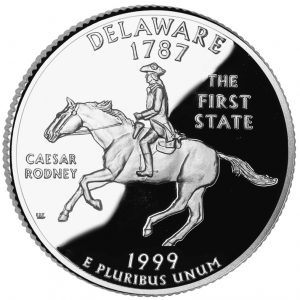 It never ceases to amaze me that even the most seasoned and esteemed numismatists do not understand how United States coinage goes from manufacturing to circulation.
It never ceases to amaze me that even the most seasoned and esteemed numismatists do not understand how United States coinage goes from manufacturing to circulation.
Recently, Harvey Stack wrote a column that appeared as a Viewpoint in Numismatic News (November 18, 2018). In the column, he blamed the U.S. Mint for problems with the distribution of the 50 State Quarters program. In the article Stack wrote that “the distribution of the new designs did not get full nationwide distribution. The Mint sent to most banks nationwide whatever they had available, with some districts getting large quantities of the new issue and other districts getting relatively few, if any.”
The U.S. Mint does not distribute circulating coins to any United States bank except the Federal Reserve. At the end of every production line is a two-ton bag made of ballistic materials that collect every coin produced on the line. When the bag is full it is sealed and later transported to a processing center designated by the Federal Reserve.
The U.S. Mint is a manufacturer. When they complete making the product, it is packaged in bulk and the customer, the Federal Reserve, picks up the product. Once the product is delivered to the client, that product’s distribution is no longer in the U.S. Mint’s control.
During the time of the 50 States Quarters program, the U.S. Mint had an agreement with the Federal Reserve to distribute the new coins first in order to get them into circulation. When the new coins were transferred to the various Federal Reserve cash rooms in the 12 districts, the Federal Reserve did circulate the new coins first.
What gets left out of the discussion is the logistics of transferring the coins from the cash rooms to the banks. The Federal Reserve does not deliver. Like many government agencies, the Federal Reserve relies on contractors to carry out that job. The Federal Reserve “sells” the coins to the logistics companies that bag and roll the coins and eventually deliver the coins to in armored vehicles to the banks.
In order to save money, these logistics companies keep their own supply of coins. This supply comes from the Federal Reserve cash room operations or excess they are given by the banks. Sine the logistics companies were not part of the deal that the U.S. Mint made with the Federal Reserve, a bank that asked for a delivery of quarters may have received quarters from the logistic company’s stock rather than new issues from the Federal Reserve.
Logistics is the coordination of complex operations and it is the job of these logistics companies to fulfill the inventory needs of the bank in the most efficient manner possible. It was more efficient to supply the banks in less densely populated areas with coins from current stock than transporting large amounts of coins from one of the Federal Reserve cash room operations that may be hundreds of miles away.
The U.S. Mint may do many things that collectors might take exception to, but the distribution of circulating coins is not their responsibility.
Weekly World Numismatic News for November 25, 2018
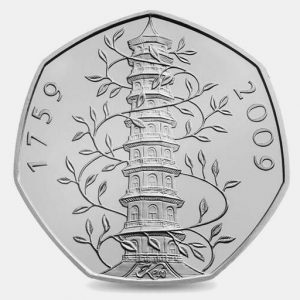
The 2009 Kew Gardens 50p coin is the rarest of post decimalization circulating commemoratives. The Royal Mint plans to reissue the coin as part of a new commemorative set. (Royal Mint image)
Using the designs of some of the most popular coins being traded online, the Royal Mint will be issuing two sets of five commemorative coins to celebrate the 50p coin’s 50th anniversary.
The 50p coin was introduced in 1969 as part of the UK’s transition to decimalization following the introduction of new 5p (to replace the shilling) and 10p (to replace the florin) coins. As the coins began to circulate, some of the lower denominations were withdrawn. On February 15, 1971, British merchants stopped issuing coins that were based on the 240 pence-based Pound and issued change using the decimalization currency known as New Pounds.
Although the coins will be issued as part of commemorative sets with 2019 dates, some feel that the Royal Mint is doing this to manipulate the market to reduce the collector value of its coins. Officials of the Royal Mint has denied the accusation.
Could the reissue of coins with previous designs hurt the value of the collectors market? In the United States, collectors demand the use of classic designs and that has had no impact on the collector market. However, the coins were issued as part of precious metals programs that has almost no competition with the collectible coin market. When was the last time someone decided that the Walking Liberty half-dollar was not worth collecting because the American Silver Eagle uses the same design?
If the Royal Mint mint limits the issue of the coins to the sets they announced, then the awareness of the coins could enhance the British collectors market. However, if the Royal Mint changes their mind and issues the coins for circulation, the collector market could be impacted in a manner similar to the general collectibles market of the 1980s where companies overproduced and overhyped their products.
And now the news…
Tap-and-go payments and the decline of coins are hurting the Royal Australian Mint despite its plan to make up lost revenue with a rise in profits from selling collectors' items and manufacturing currencies for countries overseas.  → Read more at smh.com.au
→ Read more at smh.com.au
The 50p was first introduced into circulation in October 1969 and since then dozens of designs have entered the market – many of which could soon make a comeback  → Read more at mirror.co.uk
→ Read more at mirror.co.uk
The Spainhowers’ house burned down in Camp Fire but they found some luck when they uncovered a coin from their honeymoon within the rubble.  → Read more at yahoo.com
→ Read more at yahoo.com
The South African Mint, a subsidiary of the South African Reserve Bank has announced its first ever Natura coin in fine silver.  → Read more at businesstech.co.za
→ Read more at businesstech.co.za
Many precious findings are still hidden under the ground.  → Read more at spectator.sme.sk
→ Read more at spectator.sme.sk
